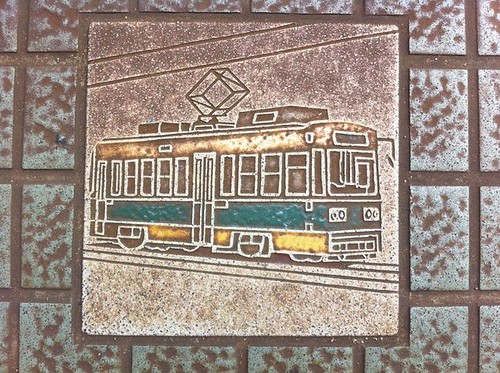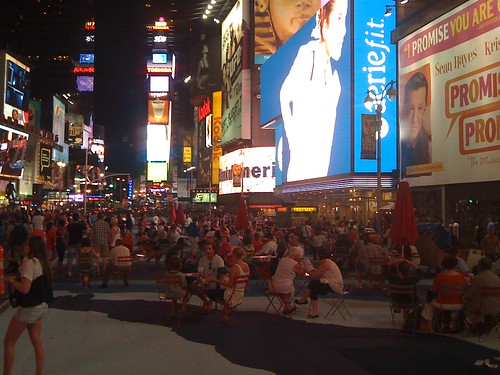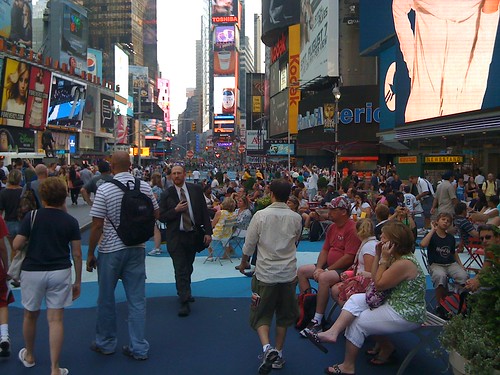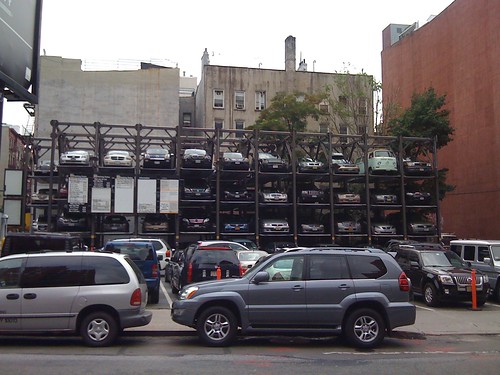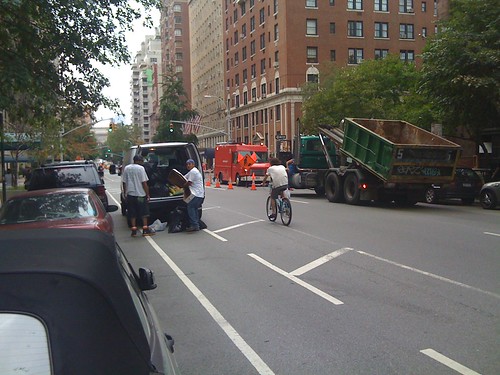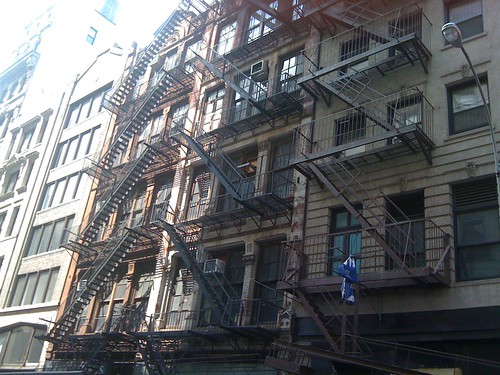I'm disappointed because I feel like this is a travel corridor that could benefit from a direct link from the existing light rail system. However no one wants to actually invest in transit infrastructure these days. I can hardly blame them, once it gets built they have to fight for every penny to operate the thing. If we're ever going to get a real mode share out of transit, we're going to have to start investing in something real. Not necessarily in big projects, but real headways and dedicated lanes for places that will never have rail.
~~~
I guess I'm in a pessimistic mood tonight. New Jersey is thinking about stopping the ARC tunnel for road projects (blech) and the Twin Cities is thinking about how they are going to serve the suburbs of tomorrow when people can't drive. Newsflash! Peak oil isn't our only problem people. What about those folks who can't drive because they are too old! Paratransit is expensive.
~~~
This article irked me for some reason. In it Mary misses the major point about development and land value around transit and even "urban renewal" lessons. She complains about the high rises around transit close to single family neighborhoods.
That, of course, is precisely the problem with Charlotte's love affair with too-tall transit-oriented development zoning smack next to low-scale, historic Dilworth or - this will come - NoDa. Even if nothing's demolished, making land values so high so swiftly via zoning encourages large, expensive projects that will drive out small-scale enterprises.You want to know why that property becomes so valuable? Because it is scarce! Contrary to popular belief, there is not enough supply of urban housing to meet the demand, so the speculators come in and jack up the prices. I bet you wouldn't have this problem if transit was built out such that neighborhoods didn't gentrify because people wanted the quality locations and access. In places like New York City or Chicago that have extensive transit systems to all kinds of neighborhoods, you see that transit stations are the more diverse income places than the region as a whole.
This is the problem with our thinking here. We complain about the results of our actions but don't think about the underlying actions themselves. Given that Charlotte is building its system line by line, you'll see development speculation and value increases acting as a release valve on the downtown market. If you built all the lines at once, that pressure gets relieved five or six ways instead of one way.
Right now this is just my theory, but when Denver and Houston open up their lines at relatively the same time, I am going to say that you are going to get a more diverse housing type in new stations than we've seen along corridors that are a first big transit investment in a city. The reason being is that they will meet the actual demand, instead of be a small rock in the pond.
So if regions are feeling for local businesses and the skyrocket land values around transit, the escape valve that creates greater opportunities in places that want to change is to build greater transit networks. More escape valves means greater distribution of different development and less pressure and speculation.

